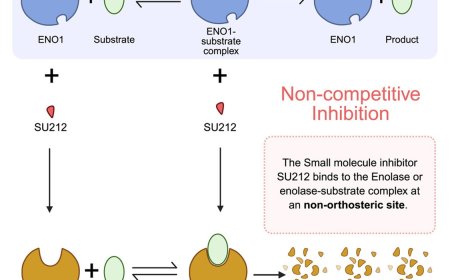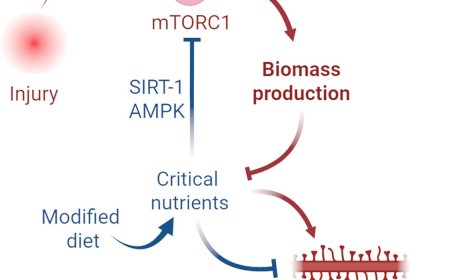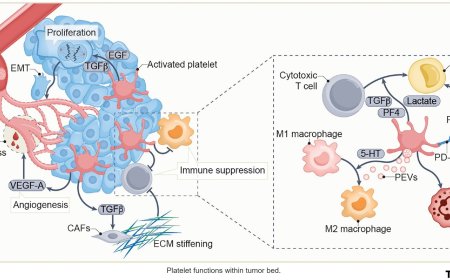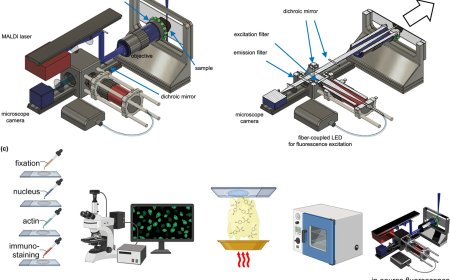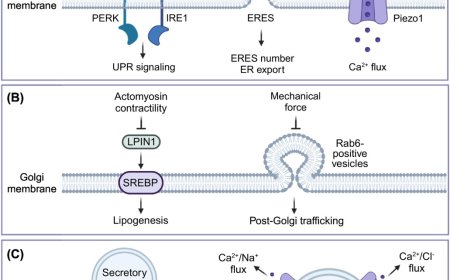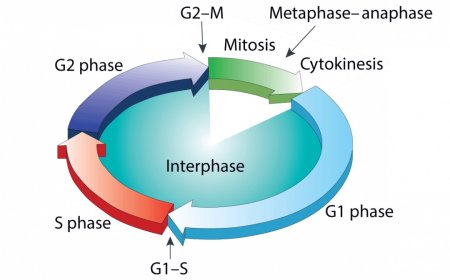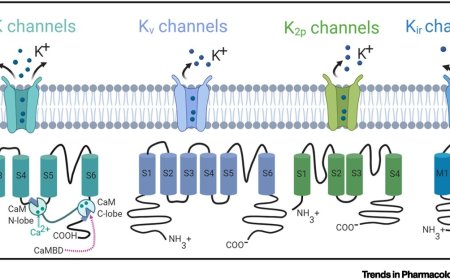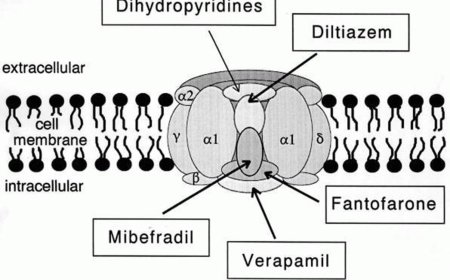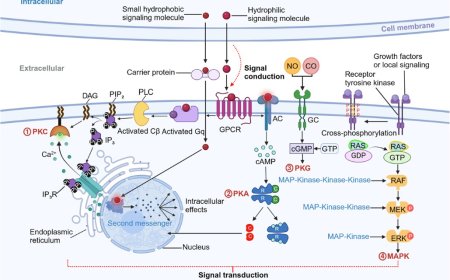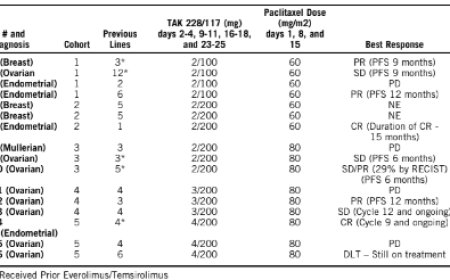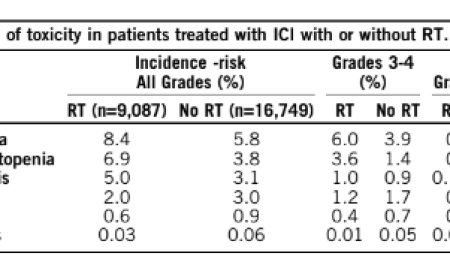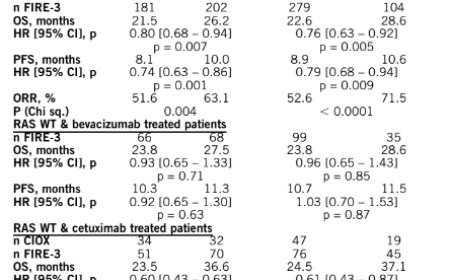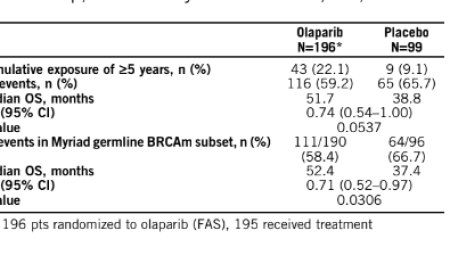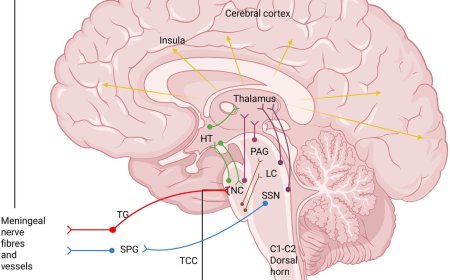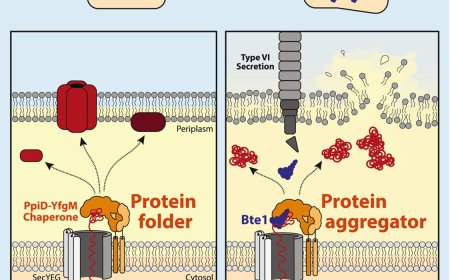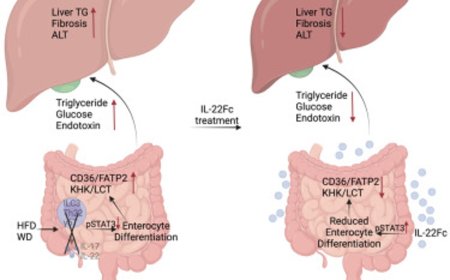CRISPR applications beyond genome editing
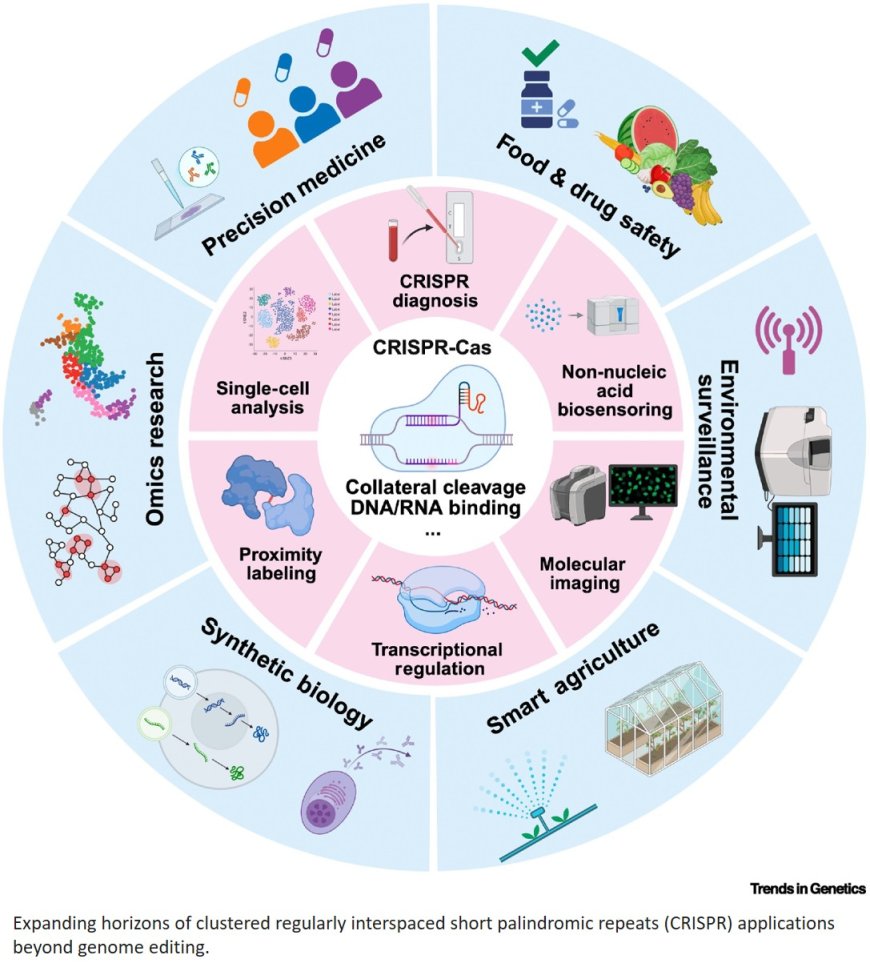
Clustered regularly interspaced short palindromic repeats (CRISPR) systems now enable rapid, field-deployable nucleic acid diagnostics leveraging CRISPR-associated (Cas) enzymes Cas12, Cas13, and Cas14 collateral cleavage.
Engineered CRISPR-based biosensors integrate synthetic biology modules to detect diverse non-nucleic acid targets, including metabolites, ions, and proteins.
Catalytically inactive Cas proteins facilitate precise, programmable control of gene expression without DNA editing. CRISPR-guided molecular imaging methods provide live-cell, multiplexed visualization of genomic loci, RNA dynamics, and chromatin rearrangements.
CRISPR-guided proximity labeling technologies enable spatially resolved mapping of transient protein interactions in living cells.
Single-cell CRISPR screening technologies significantly advance the resolution and scale of functional genomic analyses.
https://www.cell.com/trends/genetics/abstract/S0168-9525(25)00133-7
